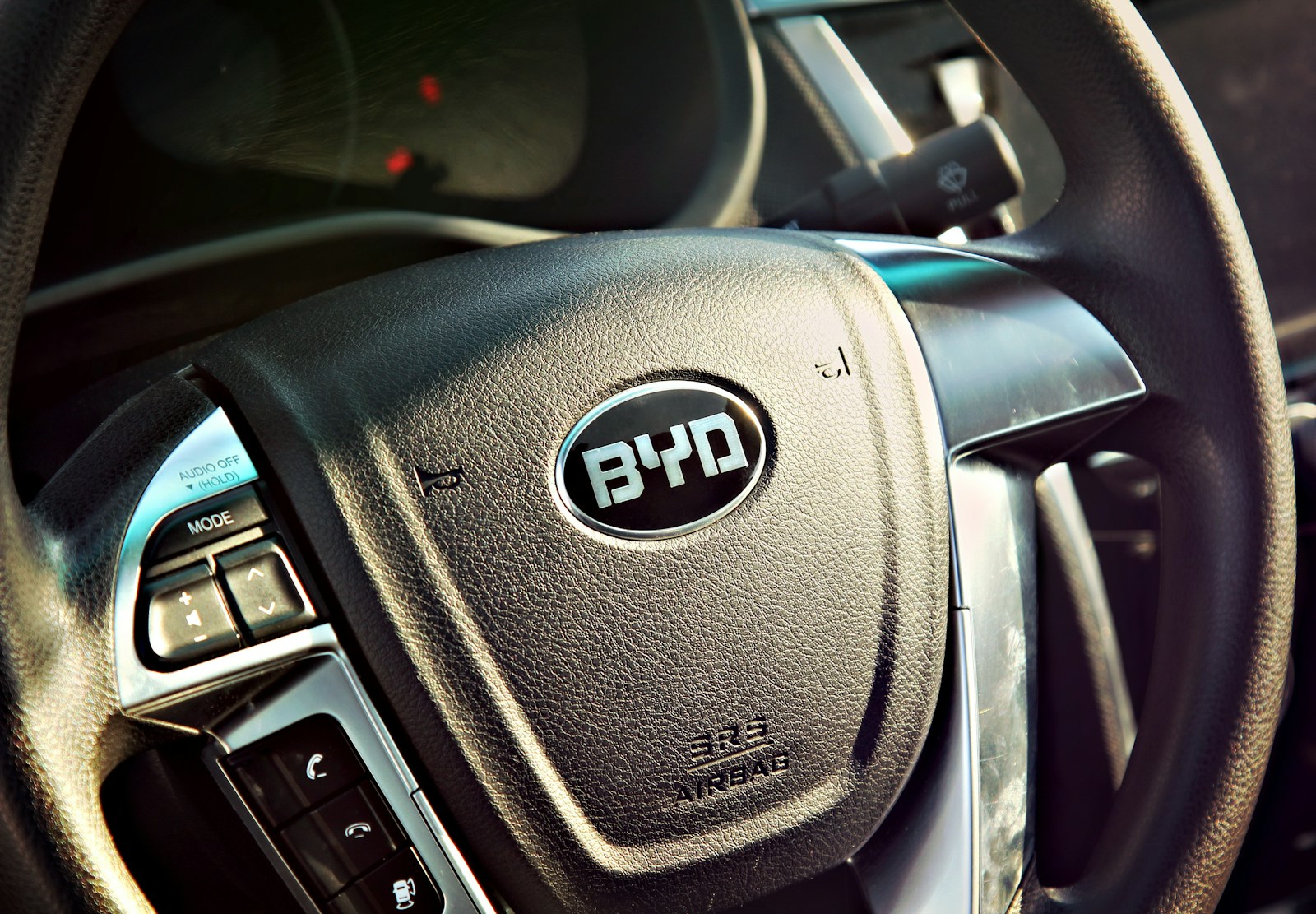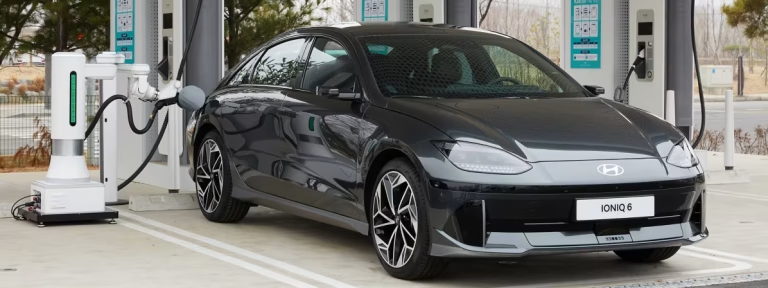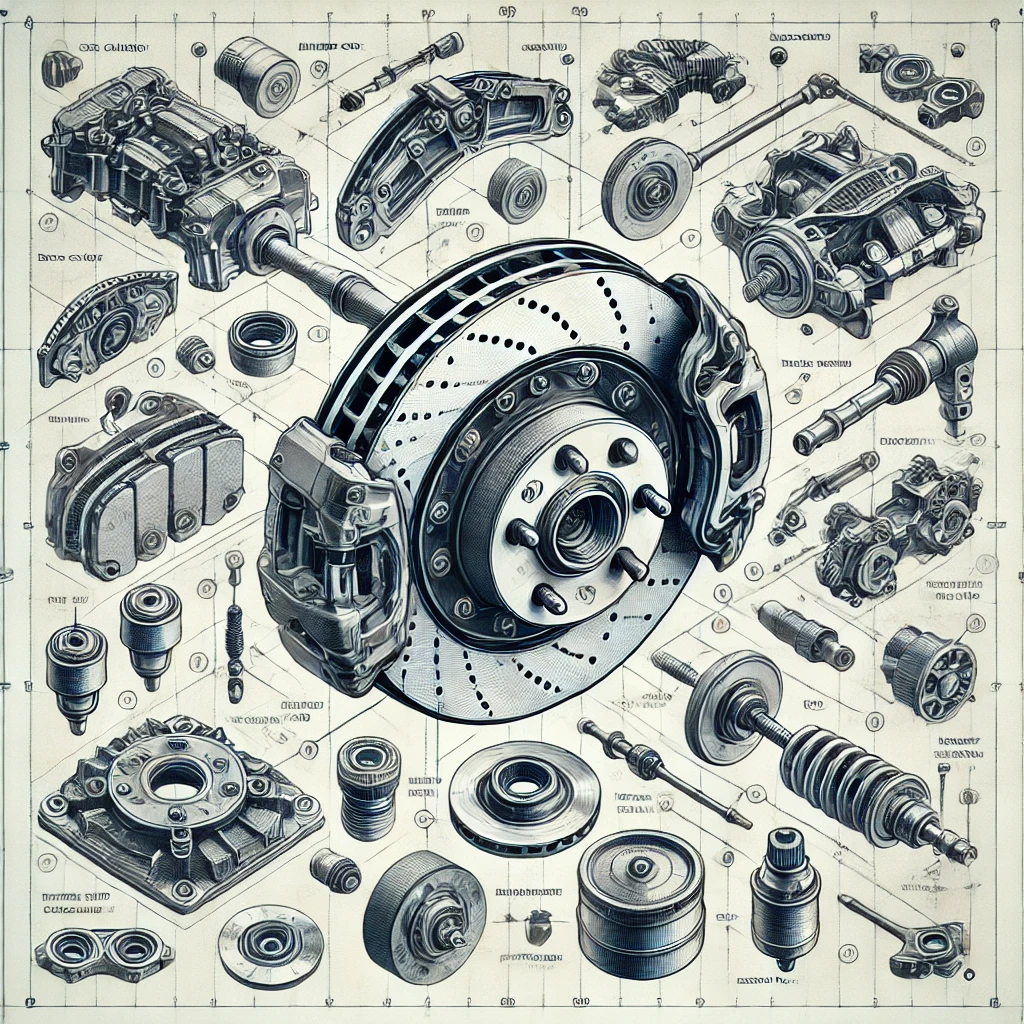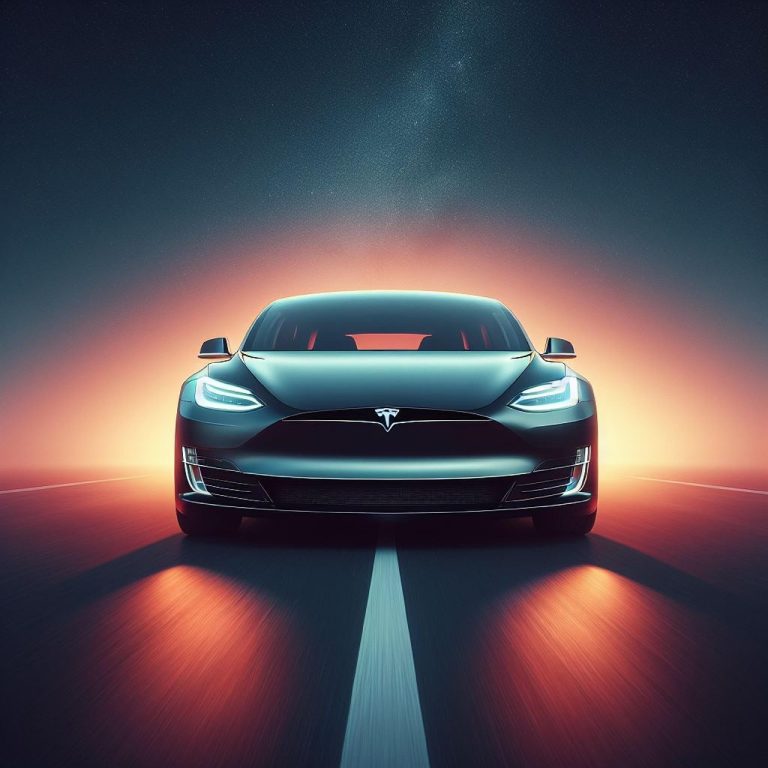BYD Just Slashed EV Prices by 30%—Here’s How Cheap New Electric Cars Are Now!
Key Takeaways:
- BYD’s 10-30% price cuts spark fears of an industry-wide price war.
- EV stocks plummet as investors brace for shrinking profits.
- Leapmotor and IM Motors quickly respond with their own discounts.
- Only profitable EV makers (BYD, Li Auto, Seres) may survive long-term.
- Overseas markets offer relief, but trade barriers pose risks.
- Market consolidation looms as weaker players struggle to compete.
BYD, China’s leading electric vehicle (EV) manufacturer, sent shockwaves through the automotive industry over the weekend by announcing steep price cuts of 10% to 30% on 22 of its battery-electric and plug-in hybrid models. The move has intensified concerns over an escalating price war, with analysts warning that competitors may be forced to follow suit, further squeezing profit margins in an already cutthroat market.
The announcement triggered a sharp sell-off in EV stocks on Monday, with BYD’s Hong Kong-listed shares plunging 7.5% to close at HK$425.20. Rivals also felt the heat—Xpeng dropped 3.4%, Li Auto fell 3.2%, and Geely tumbled 6.7%, reflecting investor anxiety over shrinking profitability across the sector.
Deep Discounts Target Mass-Market Buyers
The discounts, which will run until the end of June, primarily affect budget and mid-range models priced below 150,000 yuan (US$20,820). However, BYD also included higher-end vehicles in the promotion, such as the Xia multipurpose model, which saw a 13% price cut but remains above 200,000 yuan.
Among the most dramatic reductions:
- The all-electric Seagull hatchback, BYD’s most affordable model, dropped 20% to 55,800 yuan (down from 69,800 yuan).
- The Qin Plus DM-i (part of BYD’s Dynasty series) saw the steepest discount—34% off, bringing its price down to 63,800 yuan from the original 79,800 yuan.
Analysts Warn of Intensifying Competition
Morgan Stanley analysts noted that while some discounts had been in place since April, BYD’s official announcement signals worsening market conditions. “This aggressive pricing strategy underscores the extreme pressure automakers face in maintaining sales volumes,” they said.
Citi reported that BYD’s weekend showroom traffic surged 30-40% following the announcement, suggesting strong consumer response. However, the bank cautioned that rivals will likely retaliate, triggering a broader price war.
Competitors Rush to Match BYD’s Moves
The domino effect has already begun:
- Leapmotor, backed by Stellantis, announced up to 30% discounts on two of its extended-range SUVs until June 8.
- IM Motors, a subsidiary of state-owned SAIC Motor, slashed prices by nearly 20% on one of its SUVs.
With over 50 EV manufacturers in China, only a handful—BYD, Li Auto, and Seres (maker of Aito EVs)—are currently profitable. Tesla’s Chinese operations also remain in the black, but smaller players face existential threats as price wars intensify.
Survival of the Fittest: Who Will Weather the Storm?
Nick Lai, JPMorgan’s head of Asia-Pacific auto research, noted that only diversified automakers with strong brand portfolios will endure the turbulence. “Carmakers with multiple brands and models across different price segments can better absorb shocks,” he said.
He also highlighted that some Chinese EV makers rely on overseas sales for profitability, where margins are higher. However, with growing trade barriers in the U.S. and Europe, reliance on exports may not be a sustainable long-term strategy.
Broader Implications for China’s EV Sector
The latest price cuts reflect overcapacity and slowing demand growth in China’s EV market. While government subsidies and tax incentives once fueled rapid expansion, the industry is now grappling with saturation and fierce competition.
As automakers sacrifice margins for market share, consolidation appears inevitable. Smaller players without sufficient scale or financial backing could face bankruptcy or acquisition, leaving only the strongest survivors in what has become one of the world’s most competitive automotive markets.







